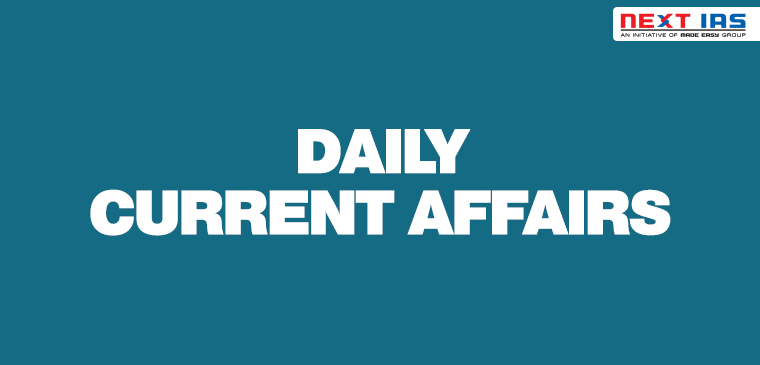
In News
Recently, Reporters Without Borders (RSF) has published the World Press Freedom Index 2021.
- RSF is an international journalism not-for-profit body.
About the Index
- Published every year since 2002, it is an important advocacy tool based on the principle of emulation between states.
- It is a point of reference that is quoted by media throughout the world and is used by diplomats and international entities such as the United Nations and the World Bank.
- Measures
- The Index ranks 180 countries and regions according to the level of freedom available to journalists.
- It is a snapshot of the media freedom situation based on an evaluation of various criterias.
- It does not rank public policies even if governments obviously have a major impact on their country’s ranking. Nor is it an indicator of the quality of journalism in each country or region.
- Global and Regional Indicators
- RSF also calculates a global indicator and regional indicators that evaluate the overall performance of countries and regions as regards media freedom.
- It is an absolute measure that complements the Index’s comparative rankings.
- The global indicator is the average of the regional indicators, each of which is obtained by averaging the scores of all the countries in the region, weighted according to their population.
- Criteria Used in Questionnaire: Pluralism, media independence, media environment and self-censorship, legislative framework, transparency, and the quality of the infrastructure that supports the production of news and information.
- Data on Abuses
- A team of in-house specialists keeps a detailed tally of abuses and violence against journalists and media outlets.
- The Abuses indicator for each country is calculated on the basis of the data about the intensity of abuses and violence against media actors during the period evaluated.
- This quantitative indicator is then used to weight the qualitative analysis of the situation in the country based on the replies to the questionnaires.
- Press Freedom Map
- It offers a visual overview of the situation in each country and region in the Index.
- The colour categories are assigned as follows:
(Image Courtesy: RSF)
Global Findings
- The 2021 report shows that journalism is completely or partly blocked in 73 per cent of the 180 countries ranked.
- The report labelled 132 countries as “very bad”, “bad” or “problematic”.
- The 2021 Edelman Trust barometer reveals a disturbing level of public mistrust of journalists.
- The Trust Index is the average percent trust in NGOs, business, government and media.
- The report noted that only 7 per cent countries can claim to offer a favourable environment for journalism.
- Best Performers: Norway (1), Finland (2) and Denmark (3).
- Worst Performers: Eritrea (180), North Korea (179) and Turkmenistan (178).
- South Asian Country Rankings: Nepal (106), Sri Lanka (127), Myanmar (140, before the coup), Pakistan (145), Bangladesh (152) and China (177).
- On larger Asia-Pacific Region: Several of the region’s countries strictly apply existing draconian legislations like laws on ‘sedition,’ ‘state secrets’ and ‘national security’ and their application has been termed as “particularly instructive”.
- The report on the Asia-Pacific region said journalists who criticised the government are branded as “anti-state,” “anti-national” or even “pro-terrorist”.
Indian Highlights
- India is ranked 142, same as last year, after it had consistently slid down from 133 in 2016.
- However, it continues to be counted among the countries classified “bad” for journalism.
- India shares the “bad” classification with Brazil, Mexico and Russia.
- It has been termed as one of the most dangerous countries for journalists trying to do their jobs properly.
- Journalists are exposed to every kind of attack, including police violence against reporters, ambushes by political activists, and reprisals instigated by criminal groups or corrupt local officials.
- It highlighted that campaigns are particularly violent when the targets are women.
- The report has also highlighted throttling of freedom of expression on social media.
- Arbitrary nature of Twitter’s algorithms also resulted in brutal censorship.
Source: IE
Previous article
Amendment Proposals to PCA Act
Next article
Facts in News